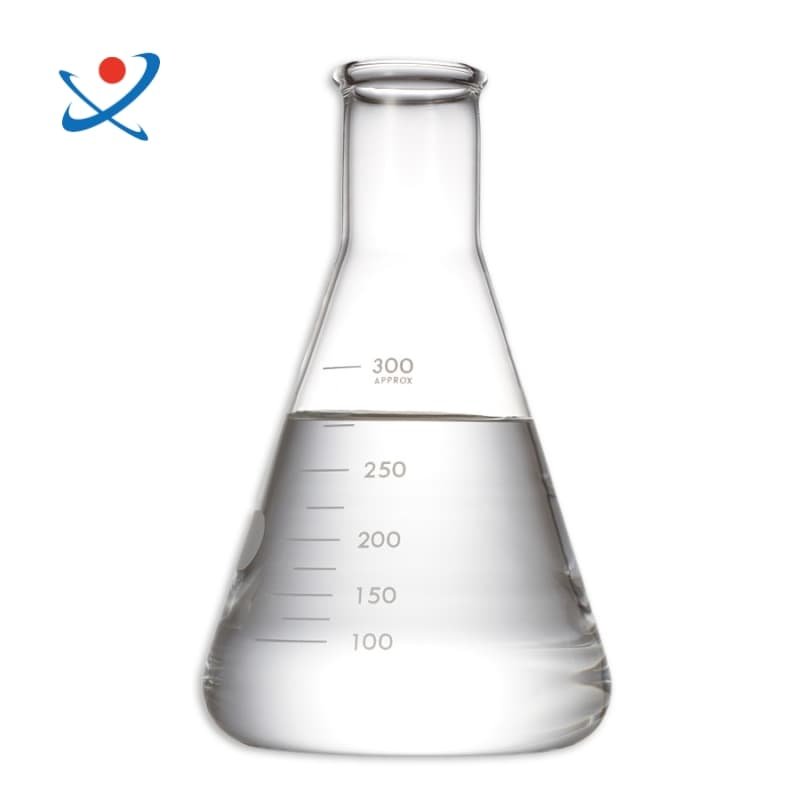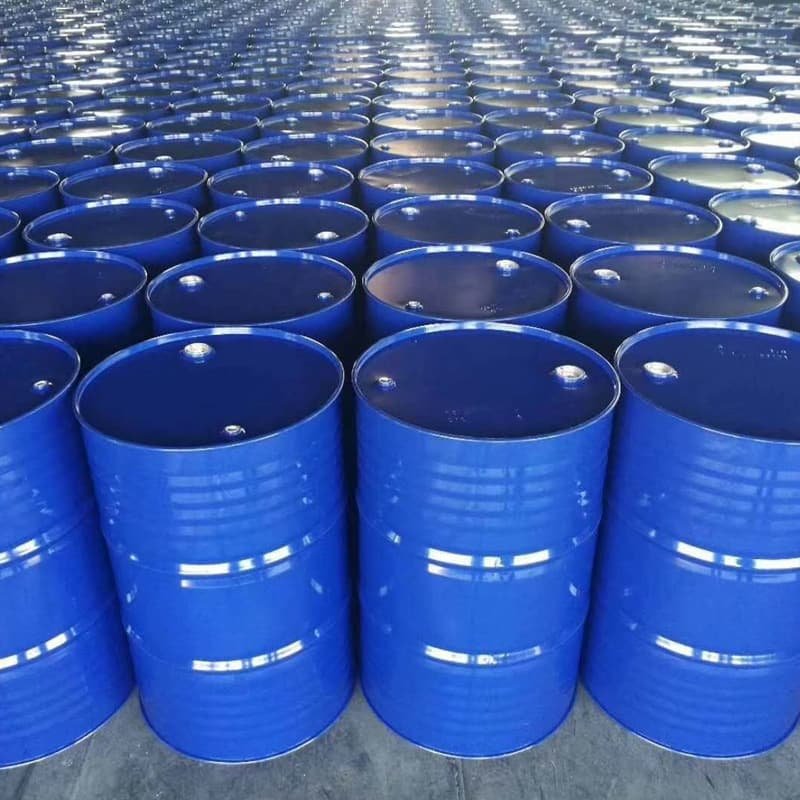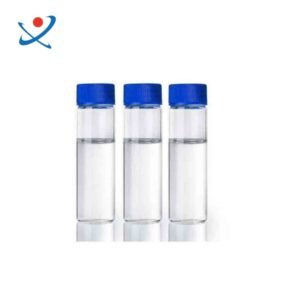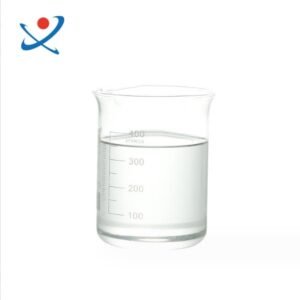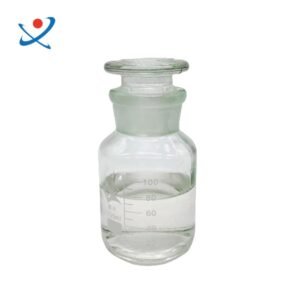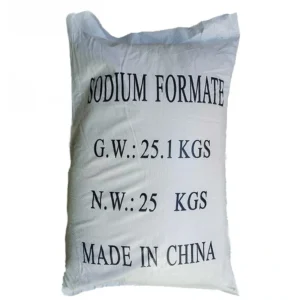Diethylene glycol, a polyol with the chemical formula C4H10O3, is a colorless, odorless, transparent, and hygroscopic viscous liquid with a spicy sweet taste, non corrosive properties, and low toxicity.
Product Name: Diethylene Glycol
Foreign name: Diethylene glycol
Alias: 2,2 ‘- Oxodiethanol
Chemical formula: C4H10O3
Molecular weight: 106.12
CAS login number: 111-46-6
EINECS login number: 203-872-2
Melting point: -10.5 ℃
Boiling point: 245 ℃ (101.3kPa)
Water solubility: can be mixed with water
Density: 1.118g/mL (4 º C)
Appearance: Colorless viscous liquid
Flash point: 143 ℃ (closed)
Application: Gas dehydrator, aromatic hydrocarbon extraction solvent, synthesis of unsaturated polyester resin
Security Description: S36 S46
Hazard description: R22
MDL Number: MFCD00002882
RTECS Number: ID5950000
BRN number: 969209
PubChem number: 24889810
Nature and stability
1. Avoid contact with oxides and moist water.
2. Colorless, odorless, transparent, and hygroscopic viscous liquid. It has a spicy and sweet taste. Similar in solubility to ethylene glycol, but with strong solubility for hydrocarbons. Diethylene glycol can be miscible with water, ethanol, ethylene glycol, acetone, chloroform, furfural, and other substances. Not miscible with ether, carbon tetrachloride, carbon disulfide, straight chain hydrocarbons, aromatic hydrocarbons, etc. Rosin, cordyceps, cellulose acetate, and most oils are insoluble in diethylene glycol, but can dissolve nitrocellulose, alkyd resins, polyester resins, polyurethane, and most dyes. Flammable and low toxicity. Having general chemical properties of alcohols and ethers.
3. Exists in tobacco leaves and smoke.
4. Symptoms after ingestion are similar to ethylene glycol, please refer to ethylene glycol.
Storage method
1. Seal and store in a cool, dry place. Ensure that the workspace has good ventilation facilities.
2. Keep away from sources of fire and water. Store away from oxidants.
synthetic method
Diethylene glycol is a byproduct of the production of ethanol from ethylene oxide.
technological process:
Mix epoxyethane with water at a ratio of 1:8 using direct hydration method and send it into a mixing reactor. React at 150 ℃ MPa for 40-60 minutes to generate a dehydration tower for further dehydration; The ethylene glycol mixture at the bottom of the tower is sent to the ethylene glycol tower, and more than 99.8% of ethylene glycol can be obtained at the top of the tower. The bottom liquid of the tower is sent to the first distillation tower, and at the top temperature of 135-140 ℃ and pressure of 4.0KPa, diethylene glycol is obtained from the top of the tower. Continuing the separation yields triethylene glycol and tetraethylene glycol.
Refining method: Impurities include water, ethylene glycol, triethylene glycol, etc. It can be refined by stepwise crystallization after vacuum distillation. Take 1650mL of diethylene glycol for vacuum distillation, discard 480mL of initial fraction, collect 1000mL of intermediate fraction for stepwise crystallization, and obtain 700mL of diethylene glycol.
Product Usage
1. Mainly used as a gas dehydrator and aromatic hydrocarbon extraction solvent. It is also used as a solvent for nitrocellulose, resins, oils, printing inks, as a softener and finishing agent for textiles, and for extracting coumarin and indene from coal tar. In addition, diethylene glycol is also used as brake oil compounding agent, celluloid softener, antifreeze and diluent in lotion polymerization. Also used as a plasticizer for rubber and resin; Polyester resin; Fiber glass; Carbamate foam; Production of lubricating oil viscosity improver and other products. Used for synthesizing unsaturated polyester resins, etc.
2. Used for synthesizing unsaturated polyester resins, plasticizers, etc. It is also used as an antifreeze agent, gas dehydrating agent, plasticizer, solvent, aromatic hydrocarbon extraction agent, cigarette moisture absorbent, textile lubricant and finishing agent, anti drying agent for paste and various adhesives, and moisture absorbing solvent for reducing dyes. It is a commonly used solvent for oils, resins, nitrocellulose, etc.
3. Diethylene glycol is an important raw material in the synthesis of polyurethane. Polyurethane is an elastic polymer material widely used in furniture, automobiles, construction, textiles, waterproof coatings, adhesives, and other fields. Diethylene glycol, as a soft segment raw material for polyurethane, can improve the flexibility of the material and also act as a crosslinking agent,
4. Diethylene glycol, as a solvent and moisturizer, is used to dissolve dyes, paints, inks, etc. It is an important raw material for industries such as printing, dyeing, and coatings. It can also be used as an electrical fluid such as brake fluid and capacitor fluid. In cosmetics and skincare products, diethylene glycol can be used as a moisturizer and softener to enhance the moisturizing and user experience of the product.
5. As an intermediate, diethylene glycol can be used to synthesize other organic compounds, such as surfactants, plasticizers, lubricants, etc. It can also be used for synthesizing fragrances and medicines.
In the field of pesticides, diethylene glycol can be used to prepare herbicides such as glyphosate.
In the field of medicine, it can be used to produce various drugs, such as antibiotics, anti-tumor drugs, etc; It can also be used as a local anesthetic.
In the field of fuels, diethylene glycol can be mixed with other compounds to produce renewable energy sources such as biodiesel.
In the food industry, diethylene glycol is used as a stabilizer and moisturizer, which can help maintain the freshness and taste of food. It can also be used as a disinfectant for food packaging materials.
Diethylene glycol/DGE CAS Number 111-46-6
Product Name: Diethylene Glycol
Chemical formula: C4H10O3
Molecular weight: 106.12
CAS login number: 111-46-6

